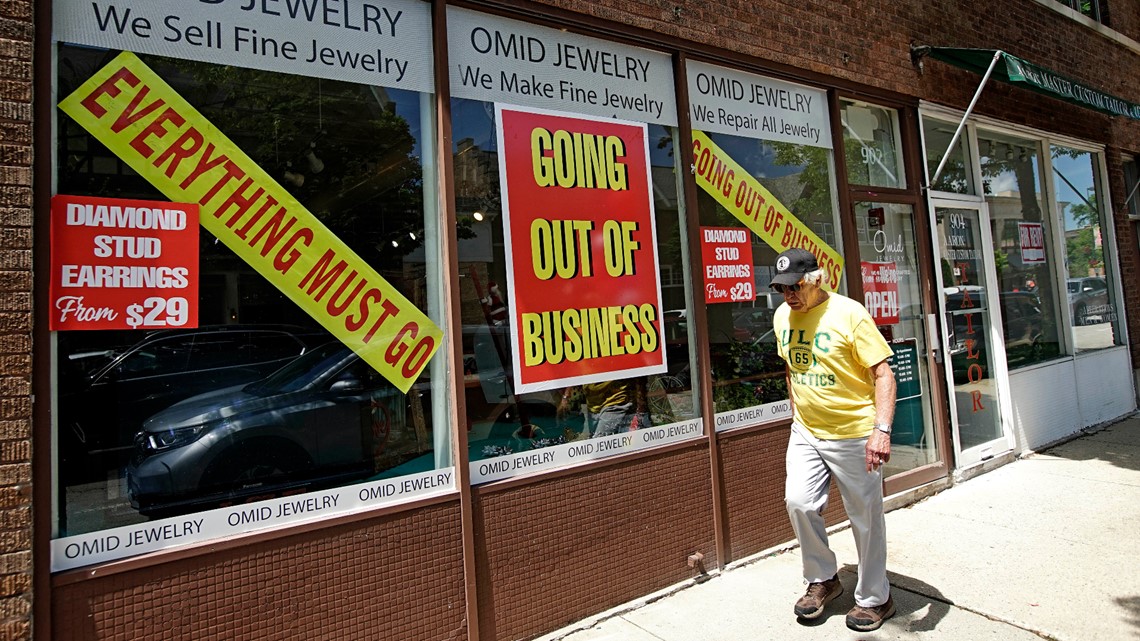WASHINGTON D.C., DC — The U.S. economy faces risks from a potential resurgence of the coronavirus and from the failure so far of Congress to provide additional financial support for struggling individuals and businesses.
That judgment emerges from a survey released Monday by the National Association for Business Economics of 52 forecasters who were polled last month. Among the forecasters, 55 percent said they regarded a second wave of COVID-19 cases as the most serious threat. Twenty percent said they thought a lack of further government economic aid would pose the biggest risk.
The inability of Democrats and Republicans to forge a compromise has meant that unemployed Americans are no longer receiving a federal unemployment benefit. Support for small businesses has also expired. States and localities, many of which have suffered sharp declines in tax revenue, are struggling, too, without further federal assistance.
Similar to many other economists, the NABE's forecasters have estimated that the economy, as measured by the gross domestic product, grew at a 25% annual rate in the just-ended July-September quarter. That would be the largest quarterly gain on records dating to 1947. But it would follow an even bigger contraction in the April-June quarter, when the coronavirus paralyzed much of the economy. For the current October-December quarter, the NABE panel foresees a 4.9% annual growth rate.
The recovery from the pandemic recession, in the view of the forecasters, will remain sluggish in coming months. A majority of them don't expect GDP to return to its pre-pandemic levels until sometime in 2022.
For all of 2020, the panel expects GDP to decline 4.3%. That would be the economy's first full-year contraction since a 2.5% fall in 2009 at the end of the Great Recession. For 2021, the forecasters expect growth of 3.6%.
“NABE panelists have become more optimistic, on balance, but remain concerned about a potential second-wave of COVID-19,” noted Eugenio Aleman, an economist at Wells Fargo Bank and the chair of the NABE survey panel.
RELATED: US manufacturing slows in September
On the danger that the economy might suffer a double-dip recession, in which GDP would shrink again, 51% of the forecasters estimate the chances at 20% or less. Only 12% see the likelihood at 50% or more.
More than half the panelists believe that 10% to 20% of the jobs that have been lost to the pandemic recession are permanently gone, with many hotels, restaurants, retailers and entertainment venues unable to re-open.
On Friday, the government reported that the nation added 661,000 jobs in September, the third straight monthly slowdown in hiring. The economy has recovered only slightly more than half the 22 million jobs that were wiped out by the viral pandemic. The unemployment rate did decline to 7.9% from 8.4% in August. The jobless rate had peaked this year at 14.7% in April.



